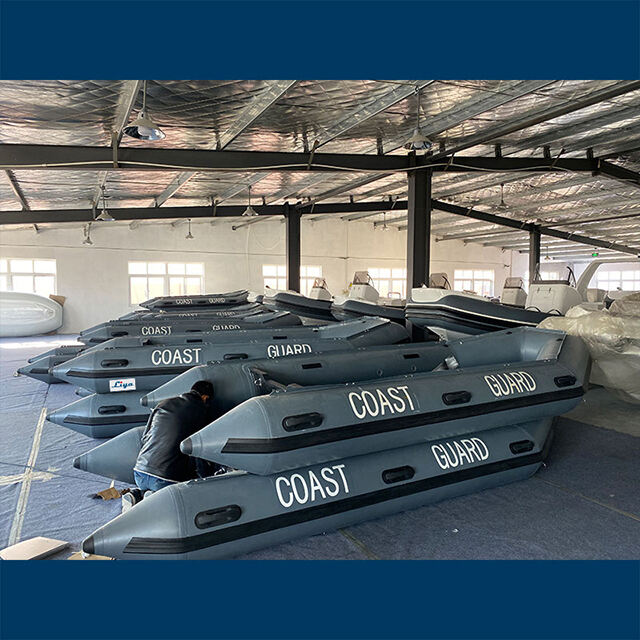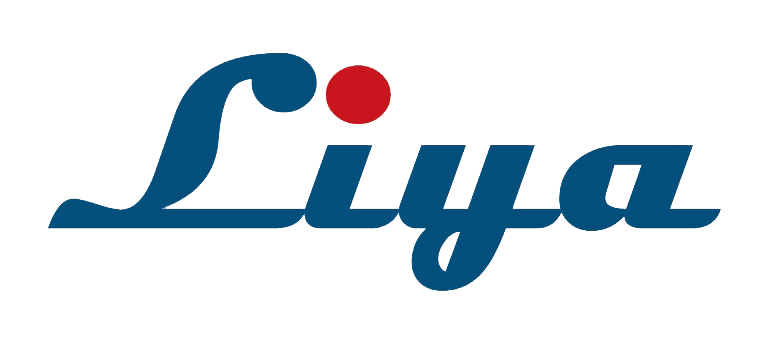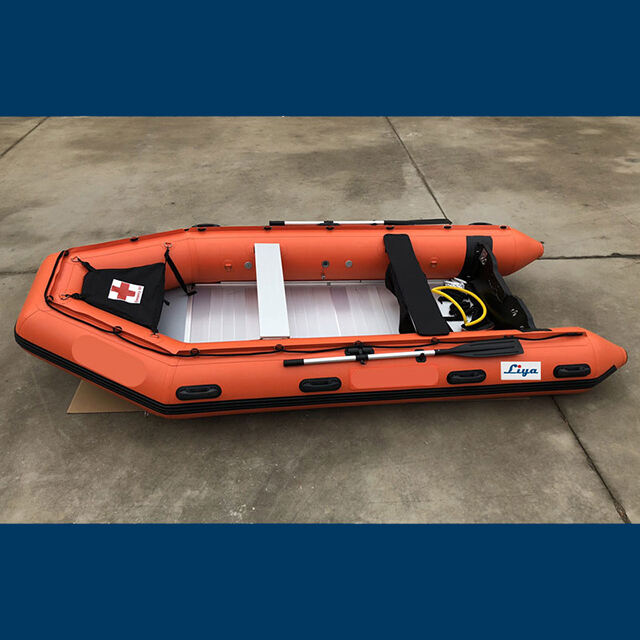Engineering Excellence in Modern Whitewater Rafting Vessels
The remarkable stability of modern inflatable boats in challenging whitewater conditions represents decades of engineering innovation and design refinement. These vessels have evolved from simple rubber rafts into sophisticated watercraft capable of navigating intense rapids while maintaining exceptional stability. Understanding the key structural elements that contribute to inflatable boat stability helps both manufacturers and users appreciate the intricate engineering that goes into these versatile watercraft.
Core Design Elements for Maximum Stability
Advanced Tube Configuration
The foundation of inflatable boat stability lies in its tube design. Multiple air chambers, typically ranging from three to five main compartments, create redundancy and enhance overall structural integrity. These chambers are strategically positioned to optimize weight distribution and provide maximum buoyancy where needed most. The diameter of these tubes, often between 18 to 24 inches, creates a wider footprint on the water's surface, significantly improving lateral stability.
Modern inflatable boats feature tapered tubes that narrow toward the bow and stern. This design allows for better maneuverability while maintaining stability in turbulent waters. The tube shape also influences how the craft rides over waves and handles cross-currents, with carefully calculated curves that help shed water and maintain directional control.
Strategic Floor Construction
The floor system plays a crucial role in inflatable boat stability, particularly in whitewater conditions. High-pressure inflatable floors, also known as drop-stitch construction, create an incredibly rigid platform that resists flexing and maintains shape even in rough water. This technology allows for pressures up to 15 PSI, resulting in a floor that feels as solid as a hardshell boat.
Some advanced models incorporate I-beam construction or baffle systems within the floor, providing additional structural support and preventing deformation under stress. These internal supports work in concert with the outer tubes to create a unified structure that responds predictably to water forces.

Material Innovation and Reinforcement Systems
Advanced Fabric Technology
The materials used in modern inflatable boats significantly contribute to their stability. Multi-layer PVC or Hypalon constructions provide the perfect balance of rigidity and flexibility. These materials maintain their shape under pressure while having enough give to absorb impacts without compromising structural integrity.
Reinforced wear patches strategically placed at high-stress points prevent deformation and maintain the boat's designed shape, which is crucial for stability. The latest material innovations include specialized coatings that reduce friction with water, improving handling characteristics in turbulent conditions.
Internal Support Structures
Modern inflatable boats incorporate sophisticated internal support systems that enhance stability. Thwarts (cross tubes) provide lateral rigidity and prevent the side tubes from collapsing inward under pressure. These supports also create compartmentalization that helps maintain the boat's shape even if one section becomes compromised.
Internal baffle systems and tension straps work together to distribute forces evenly across the structure, preventing localized stress points that could affect stability. Some advanced models feature adjustable support systems that can be fine-tuned for different water conditions and passenger loads.
Hydrodynamic Features for Enhanced Performance
Hull Design Optimization
The hull configuration of inflatable boats has been refined through extensive testing to maximize stability in whitewater conditions. Rocker design - the curve of the boat from bow to stern - helps the craft ride over waves rather than diving into them. This feature is carefully balanced to provide both stability and maneuverability.
Modern hulls often incorporate subtle channels or strakes that improve tracking and reduce side-slip in strong currents. These design elements work in conjunction with the tube shape to create predictable handling characteristics even in challenging conditions.
Water Flow Management
Strategic placement of drain holes and self-bailing systems helps maintain stability by quickly removing water from the boat's interior. The positioning of these features is carefully calculated to work with the boat's natural movement in whitewater, preventing the accumulation of weight that could compromise stability.
Some advanced models feature specialized chines and edges that help control water flow around the craft, improving its ability to maintain course in cross-currents and reducing the impact of hydraulic forces that could affect stability.
Frequently Asked Questions
How do multiple air chambers contribute to boat stability?
Multiple air chambers enhance stability by providing redundant buoyancy and allowing for optimized pressure distribution throughout the craft. If one chamber is compromised, the others maintain structural integrity and keep the boat stable. This compartmentalization also allows for fine-tuning of pressure in different sections to optimize performance in various conditions.
What role does tube diameter play in inflatable boat stability?
Tube diameter directly influences stability by affecting the boat's waterline beam and overall footprint on the water. Larger diameter tubes typically provide better initial stability and roll resistance, while also creating more buoyancy. The optimal tube diameter depends on the boat's intended use and size, with whitewater craft generally featuring larger tubes for maximum stability in turbulent conditions.
How does floor construction impact whitewater performance?
High-pressure inflatable floors with drop-stitch construction create a rigid platform that maintains shape and stability in rough water. The floor's design affects how the boat flexes and responds to waves, with modern construction methods providing exceptional rigidity while still allowing enough give to absorb impacts effectively. This balance is crucial for maintaining control and stability in whitewater conditions.

